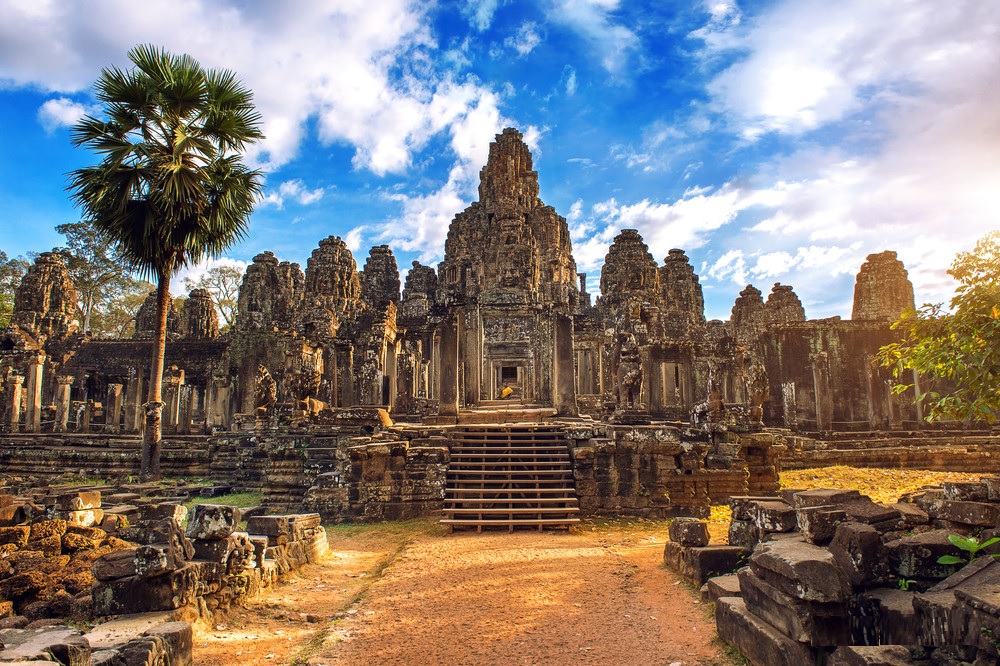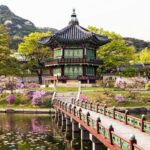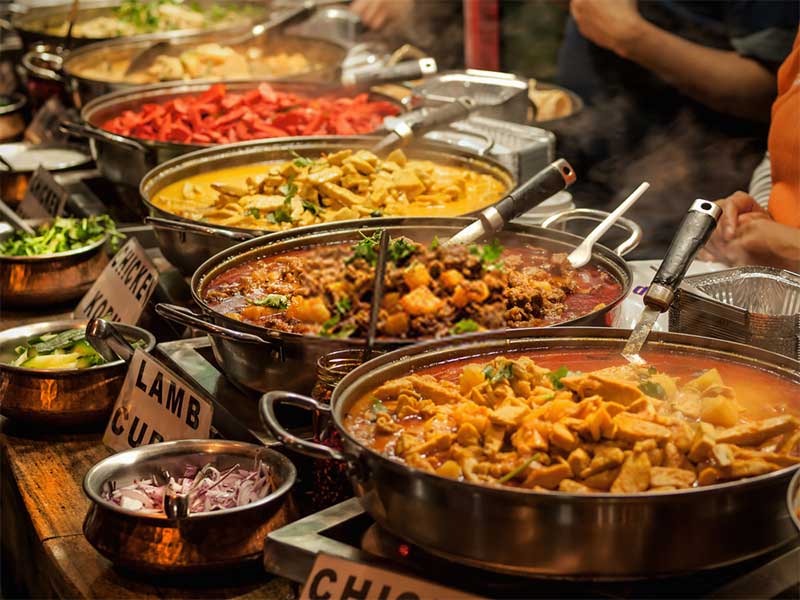
Ticket to Angkor – Exploring Lost Temple Cities with Local Guides
Our Epic Journey Through Cambodia’s Mind-Blowing Ancient Wonders
Yowza friends, prepare your eyeballs for sensory explosions delving into Angkor’s jungle-strangled stone temples with devoted scholar guides granting VIP access to vanished civilizations. From spiritual artistry to ancient ego trips, each intricate sanctuary enshrines another chapter of Southeast Asia’s most illustrious empire now unveiled exclusively for us. Let’s blaze this trail!
A Journey Beyond Time: Uncovering Angkor’s Epic Temples & Lost Civilizations
Bucklep Up for Angkor Awesomeness!
Yowza, buckle up buttercups! We’re headed on an all-out Indiana Jones adventure revealing Cambodia’s mind-blowing ancient glories on this jam-packed temple quest. From Angkor Wat’s lotus-tower grandeur to the mystical stone faces of Angkor Thom, we’ll unravel the cultural legacy of Southeast Asia’s most astonishing civilization – guided by devoted locals granting insider access.
Journey Back Through Lost Golden Ages of Khmer Civilization
The mighty Khmer empire dominated Southeast Asia for six centuries before abruptly collapsing after Jayavarman VII’s death. How did Hindu god-kings leverage far-flung trade and ironclad religious authority to fuel monumental construction sprees culminating at Angkor? Our Angkor Wat and Angkor Thom tour explores theories around the destabilizing dynamics that diminished this once formidable Asian power.
Drop Your Jaw at Angkor Wat’s Sheer Majesty
Our journey kicks off as we meet our scholar guide out front of our Siem Reap hotel, then make tracks in our plush ride towards the sprawling Angkor complex. That first glimpse of Angkor Wat’s imposing symmetry framed by reflective pools and flower-strewn greenery never fails to elicit dropped jaws and delighted expletives!
Get Your ‘Gram On at Bayon’s Mystical Faces
Before Temple Fatigue sets in, it’s onto soaring Bayon at the heart of Angkor Thom. Get ready for sensory overload as statues of the Bodhisattva join 216 giant carved faces in an elegant representation of spiritual enlightenment – eclectically blended with the visage of King Jayavarman VII himself! Talk about alternative expressions of ego, wowza.
Chow Down on Delectable Cultural Cuisine
Now, are ya’ll hungry after that mental marathon? ‘Cause we’ve got an authentic Cambodian lunch spread ready to tantalize those taste buds! Amok’s velvety curry or Lok Lak’s zesty stir fry will send your salivary glands into overdrive. And while we dine, our guide explains delicacies’ integral roles in festivals and traditions still celebrated today.
Go Off-Grid to Secluded Forest Ruins
Fully fueled up, our fantastic final miles reveal off-radar forest ruins and time-worn shrines hidden down tangled side tracks. Wielding machetes allows us glimpses of crumbling walls and vine-choked gateways inaccessible to mere tourists. As the setting sun gilds these last lonely vestiges in golden light, a tangible tranquility sets in that no camera could ever capture.
As the memories of massive monuments and delicate temple carvings swirl through our minds on the ride back to Siem Reap, bonds between travelers emerge even stronger than ages-old sandstone bricks. More than sightseeing, today celebrated relationships – not just between newfound friends, but also through compassionate connections bridging the vast horizons of time and culture.
After this awe-inspiring odyssey into Angkor’s glories guided by devoted locals, many find themselves eternally bonded to Cambodia’s cultural heritage and friendly people. To discover more about planning your own transformational temple tours, journeys off the beaten path, and rich encounters with contemporary Khmer communities, visit MySiemReapTours.com – your insider source for authentic Siem Reap experiences.
Key Takeaways
- Angkor Wat’s sunrise silhouette offers a breathtaking introduction to the architectural brilliance of the Khmer Empire.
- The enigmatic stone faces of Bayon Temple in Angkor Thom provide a unique insight into the empire’s spiritual history.
- Ta Prohm, the ‘Tomb Raider temple’, strikingly illustrates the interplay between nature and ancient architecture.
- Lesser-known temples like Banteay Srei and Preah Khan offer a quieter, more intimate exploration of Khmer artistry.
- Siem Reap serves as a cultural hub, offering a blend of traditional Cambodian life and modern experiences.
- Responsible tourism is vital for preserving Angkor’s historical and cultural heritage for future generations.
- A journey through Angkor is not just a tour of ancient temples, but an immersive experience into the heart of Cambodian culture and history.
What is the best time to visit Angkor Wat?
The ideal time to visit Angkor Wat is during the cooler, dry season from November to February. During this period, the weather is more comfortable for exploring the expansive temple complexes. Mornings, especially at sunrise, offer not only spectacular views but also fewer crowds. This time also coincides with Cambodia’s peak tourist season, so planning ahead for accommodations and tours is advisable. While the rainy season from May to October sees fewer tourists, the rain can make some temple paths slippery, but it also brings lush, vibrant scenery and a unique atmosphere to the ancient ruins.
Can you explain the historical significance of Angkor Wat?
Angkor Wat is not just a stunning architectural marvel; it’s a symbol of Cambodia’s rich history. Built in the early 12th century by King Suryavarman II, it initially served as a Hindu temple dedicated to Vishnu before transitioning into a Buddhist site. It epitomizes the peak of Khmer architectural and artistic achievement, reflecting the empire’s religious, cultural, and artistic zenith. Angkor Wat is unique for its grand scale, symmetry, and intricate bas-reliefs depicting Hindu mythology and Khmer history. Its enduring beauty and complexity make it a crucial part of understanding Southeast Asia’s historical landscape.
What are some must-see temples in the Angkor complex apart from Angkor Wat?
Beyond Angkor Wat, the Angkor complex houses several must-see temples. Angkor Thom, the last capital of the Khmer Empire, is famous for the Bayon Temple with its serene stone faces. Ta Prohm, known for its appearance in the ‘Tomb Raider’ film, is a mesmerizing blend of nature and architecture. Banteay Srei, often called the ‘Lady Temple’, is renowned for its detailed carvings in pink sandstone. Additionally, Preah Khan offers a quieter, explorative experience with its vast corridors and chambers. Each temple in the complex has its unique charm, revealing different aspects of Khmer history and artistry.
How does one prepare for a visit to the Angkor temples?
Preparing for a visit to the Angkor temples involves a few key steps. Firstly, comfortable clothing and sturdy footwear are essential due to the extensive walking and climbing involved. Given Cambodia’s tropical climate, bringing sunscreen, hats, and plenty of water is crucial to avoid heat exhaustion. It’s also advisable to purchase the Angkor Pass, required for entry, ahead of time to avoid long queues. Familiarizing oneself with the temples’ history and cultural significance can greatly enhance the experience. Lastly, considering hiring a knowledgeable local guide can provide deeper insights into the temples’ history and significance.
What is the role of Siem Reap in the Angkor experience?
Siem Reap plays a pivotal role in the Angkor experience as it is the gateway to the Angkor temple complex. This bustling city blends traditional charm with modern amenities, providing a base for visitors exploring the ancient ruins. Siem Reap offers a range of accommodations, from budget hostels to luxury resorts, catering to all types of travelers. The city is not just a stopover; it’s a cultural experience in itself, with vibrant markets, authentic Cambodian cuisine, and a chance to interact with the friendly locals. Siem Reap also provides opportunities to learn about Cambodia’s contemporary culture and history, making it an integral part of the Angkor journey.





